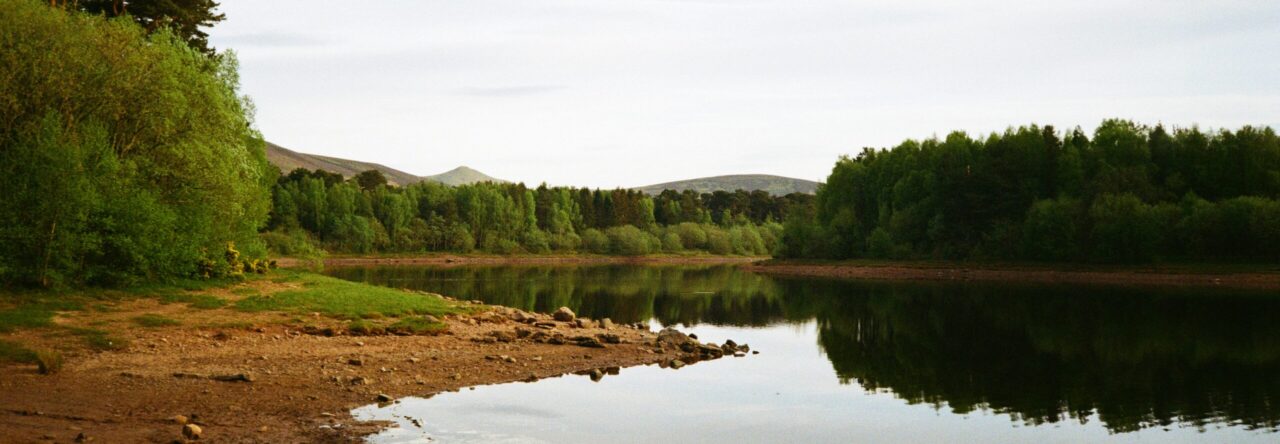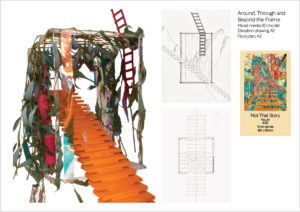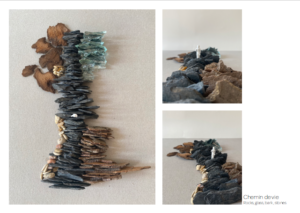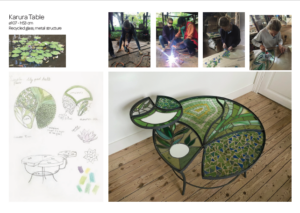Hello! Welcome back to my blog!
This week I kept on reading the ‘Environmental Histories of Design’ article and which did eventually get a little challenging to understand but that I overall found very interesting.
Figure 1: Venn Diagram illustrating Environmental Histories of Design.
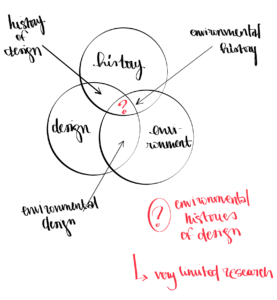
I actually really resonated with the first part of the article and what the authors were saying about the lack of exchange between environmental history and design history and how it is limiting our broader understanding of the environmental histories of design. Something I thought about a lot as well is what they were saying about design as an ‘ideology’ versus as a ‘materiality’ and how it is not just the physical design that has an impact on its surrounding environment but also, and sometimes mostly, the ideas and symbols that come with it and how it can condition ways of life and shape society, especially in the consumerist world we live in today. It is interesting to notice that modern consumerism is more concerned with that matter of ideology rather than the matter of materiality. I don’t know if that is necessarily is a bad thing but it definitely should be considered when designing, and especially when designing for the environment. In the world we live in today, it is hard, even for dedicated environmentalists, to place ourselves completely out of society. This made me think back on the ‘environmentally conscious’ design example I used in my last blog (a reusable cup) and how an object like that technically still contributes to consumerism.
As I said before the second half of the article is when I started to get a little bit lost but I did agree with their main point being that environmental histories of design would benefit from a wider variety of approaches. I later understood that this article serves as an introduction to the rest of the Journal of Design History which makes the brief summary of various article make more sense.
During the seminar on Thursday, I got to share my thoughts and questions and was reassured in noticing that quite a few people also seemed confused by the second half of the article. Together and with the help of our teacher we slowly made sense out of the structure of this second half. It was also very interesting to see the relevance of articles like the one we just read in different sectors of art and design. For example, I personally really resonate with what was being said in this article and feel that the field of interior design could immensely benefit from a environmental histories of interior design but another classmate who studies animation found it harder to resonate with as most of the work she produces is digital.
I look forward to the debate next week and am very interested in seeing what comes out of it. Until then I hope to continue reading resources from the list and put together arguments for the debate.
Bibliography:
Deleted: Fallan, K. and Jørgensen, F.A. (2017). Environmental Histories of Design: Towards a New Research Agenda. Journal of Design History, 30(2), pp.103–121. doi:https://doi.org/10.1093/jdh/epx017.
Figure 1: Noel, E. (2024d). Venn Diagram Illustrating Environmental Histories of Design. own work.
